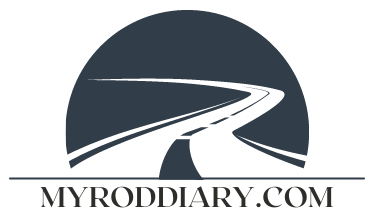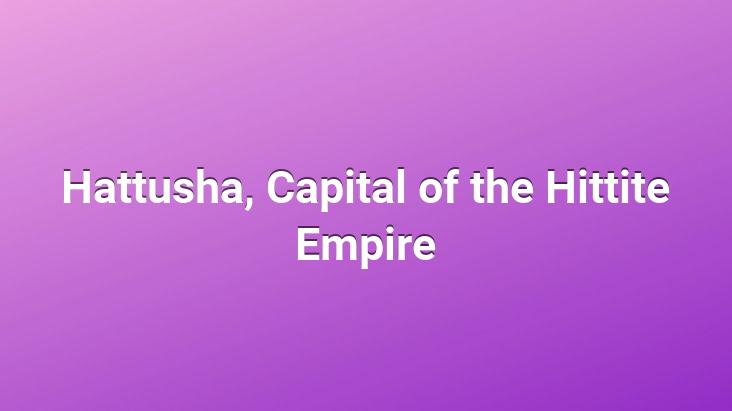Çorum Capital of the Hittite Empire Hattusa World Heritage Site by UNESCO 9 of Turkey’s listed. is historical value. The history of Hattusha started with the Hattis in the lands dating back to 600 BC.. It is for this reason that it received the title of Hatti Land.. It was the capital of the Hittites, who established the first settled state on Anatolian lands after the Hattians, for 450 years.. With the beginning of the Old Hittite Kingdom period, the name of the city was changed to Hattusha and this name has survived to the present day.
After the old Hittite Empire 1400-BC Between 1200 B.C., there was the Hittite’s Great Empire period.. In this process, a great empire was created.. The Great Empire Period The empire began to collapse with the weakening of the commercial power on Mesopotamian lands in 1200-1800 BC and the subsequent throne struggles.. With the collapse of the Great Empire, the Phrygian Age began in 900 BC, followed by the Hellenistic, Galatian, Roman, Byzantine, Seljuk and Ottoman periods, respectively.
The world’s first peace treaty tablets were found in Hattusa. The hieroglyphs of these tablets are depicted on the walls of the Karnak Temples in Luxor, Egypt.
Hattusha It was discovered in 1834 by the French Architect Charles Texier.. The excavations, which started right after its discovery, were stopped due to the wars in the world, and in 1952 the excavations were resumed from where they left off.
The city of Hattusa, located in the Bogazkale district of Çorum, BC. 14 and 13. It is known that it was surrounded by a 6 km wall in the 16th century, and the wall just in front of the 6 km wall was built for defense purposes.. The surviving historical monuments in Boğazköy and the ones worth seeing are the Lion Gate, the Sphinx Gate, the King Gate and the Ground Gate.
Hattusa Although it sheds light on the history for us to visit the excavation site, Çorum Archeology Museum should be visited to get to know the history of the Hihit Empire.. The museum, which we believe is one of the most beautiful museums in Turkey, was built in 1915 with Ottoman architecture.
The museum is 7000 years old from the Late Catholic Age to the 21st century. It is possible to observe the history and see the works belonging to these periods.. Among the museum artifacts, you can see Old Bronze Age tomb finds, Hittite Period vases, cuneiform tablets, ceramics, coins, oil lamps and more.
The museum is just this one. not limited to what to see. There is also an Ethnography section in the museum.. Here, on the other hand, artifacts from the Ottoman period are exhibited.
Huge cubes in the garden of the museum will not be overlooked. gender. In ancient times, these jars were called pithos.
Boğazköy Museum is located in Boğazköy district, 82 km from Çorum.. Hittite artifacts, Phrygian, Roman and Byzantine collections that dominated the region can also be seen in the museum where you can see mostly Hittite artifacts.
Alacahöyük Museum is located in Alaca district, 45 km from Çorum.. It is the museum where you can see the works used in the historical period from the Catholic Age to the Ottoman Empire.
Alacahöyük Ruins is just as important as the Boğazköy open-air museum.. Alacahöyük, which is important in the history of archeology, was built in 1835 by W.. J. Hamilton discovered. G, who excavated the mound in 1861,. Permot was the first to claim that his finds belonged to the Hittite Empire period.. Atatürk also gave great importance to the mound.. That’s why excavations began here in 1935 under the direction of Ramzi Oğuz Arık.
The South Course is the most beautiful piece of art you can see in the mound.
The artifacts in Alacahöyük, the center of art and religion in history, are exhibited in Ankara Anatolian Civilizations Museum and Alacahöyük Museum today. Hattusa, the Capital of the Hittite Empire, was included in the World Cultural Heritage list by UNESCO.. is historical value.

